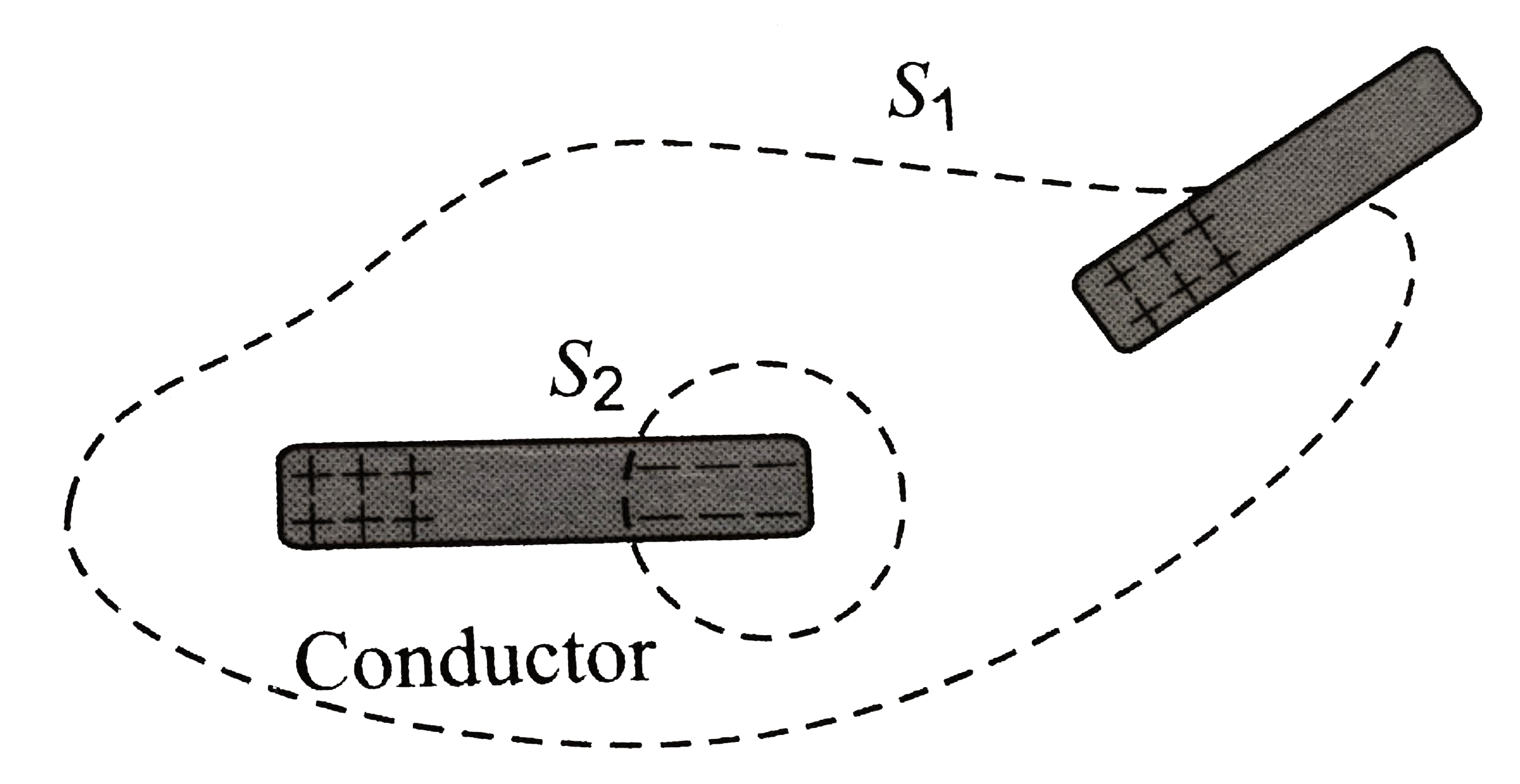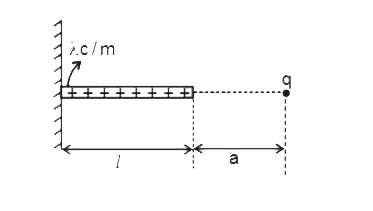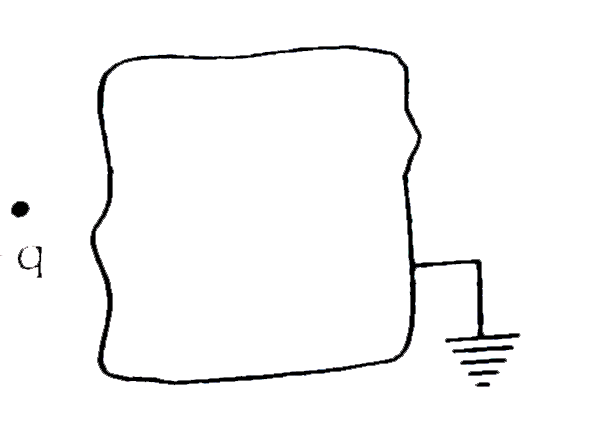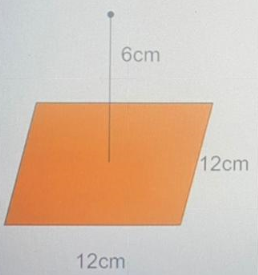Charge on an originally uncharged conductor is separated by holding a positively charged rod very closely nearby, as shown in figure. Assume that the induced negative charge on the conductor is equal to the positive charge q on the rod. Then the flux through surface S1 is

A
zero
B
q/ε0
C
−e/ε0
D
none of these
Video Solution
Text Solution
The correct Answer is:B
ϕ=qinε0
|
Topper's Solved these Questions
Similar Questions
Knowledge Check
When a positively charged conductor is earth connected
Aprotons flow from the conductor to the earthBelectrons flow from the earth to the conductorCelectrons flow from the conductor to the earthDno charge flow occursA positively charged rod is brought near an uncharged conductor. If the rod is then suddenly withdrawn, the charge left on the conductor will be
ApositiveBnegativeCzeroDnot sureAn uncharged conductor A is brought near a positively charged conductor B. The size of the conductor A is much greater than the size of conductor B. Then,
Athe charge on B will increase, but the potential of B will not changeBthe charge on B will not change, but the potential of B will decreaseCthe charge on B will decrease, but the potential of B will not change 0Dthe charge on B will not change, but the potential of B will increase
Find the total force on charge q due to a charge rod having linear charge density λCm placed as shown in figure.

View SolutionIn a neutral body, the amount of positive charge is equal to the amount of negative charge.
View SolutionIn front of an earthed conductor a point charge +q is placed a shown in figure

View SolutionIf an isolated merallic conductor is positively charged, then its mass will
View SolutionA cylindrical conductor is placed near another positively charged conductor. The net charge acquired by the cylindrical conductor will be
View Solution

